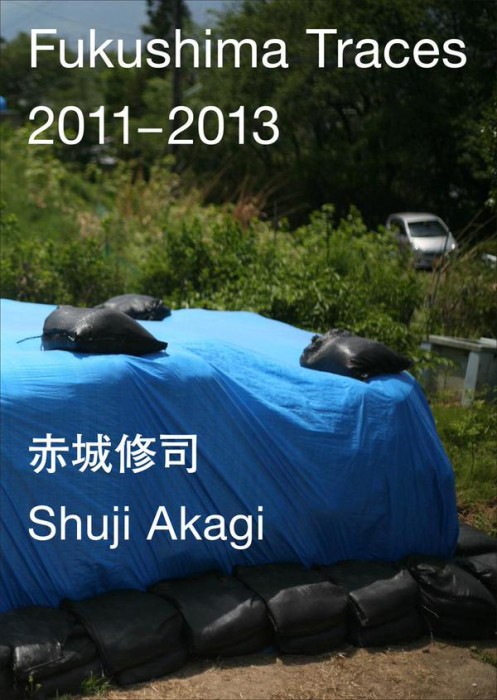Talked with J yesterday. J is a photographer I respect, and I want to record some notes about this conversation here.
J was speaking with an art history professor. The professor said she was planning to have her students speak about one photo each week, three hours at a time. J said that doesn’t make any sense, that there is no point in talking about a photograph for more than 10 minutes, that it’s not truthful, or that that discourse is something else, a kind of empty pontification—that’s not his word, but something like that. He says he saw another professor give a talk a couple of years ago, where he thought 90% of what was said was irrelevant. For him, taking a photograph isn’t a deeply considered experience, it’s done quickly (for one reason or another). And so because there’s not much time involved, it’s pointless to spend all that time talking about a single photograph. Lee Friedlander, for example, he doesn’t line things up carefully, he’s just snapping away. When looking at another photographer’s work, there’s no value in looking at a single image—everything should be seen in aggregate, as part of the photographer’s larger project.
Compelling arguments can be mobilized against this view, and some were indeed put to J, unmoved as he was. I am recording this conversation here because I know that I will read this post later, and perhaps at that time I will be glad I was reminded about this.
